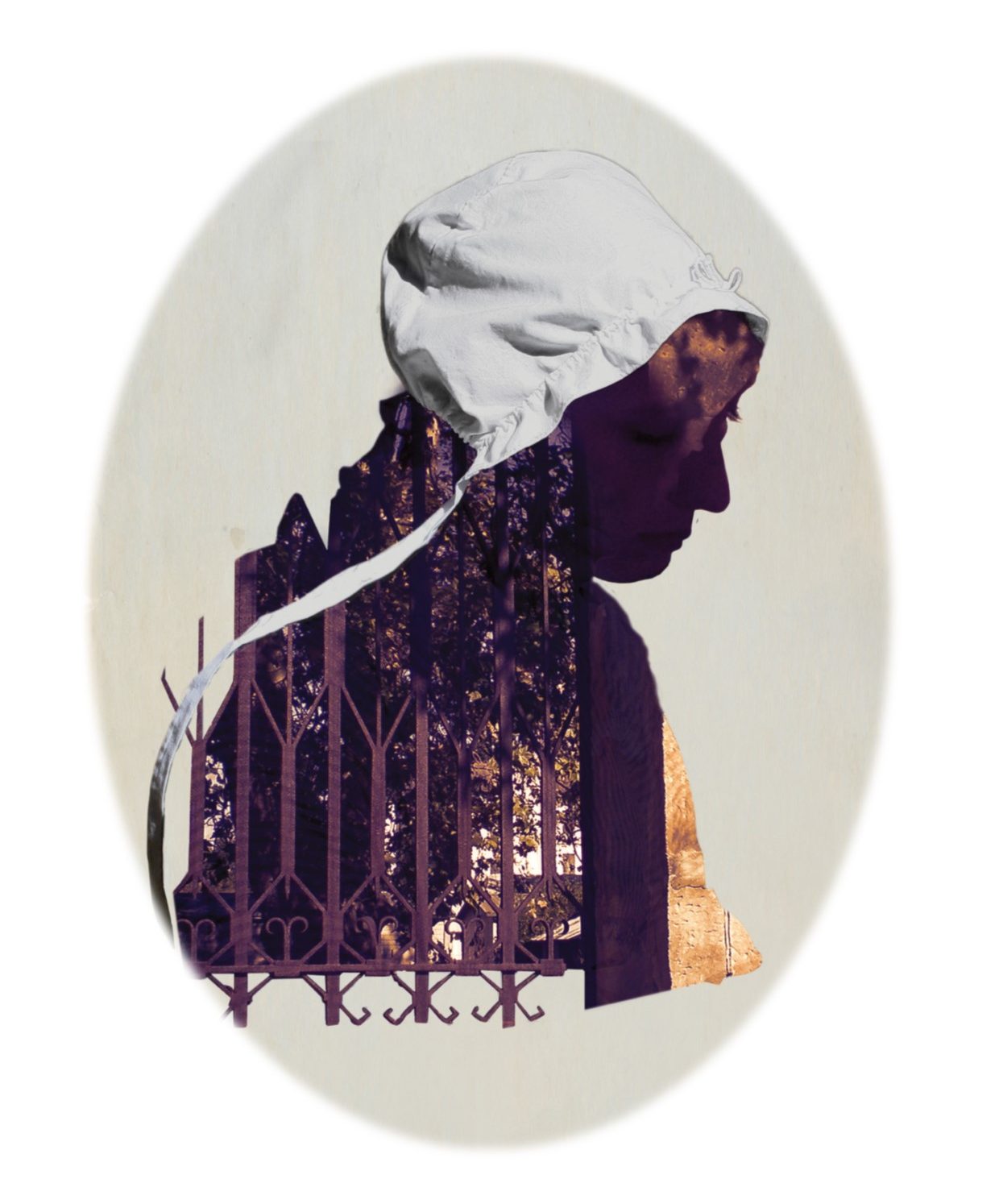.

Over half of female factory women experienced the Parramatta Female Factories and the first purpose built factory (which still survives) was commissioned by Governor Macquarie and designed by Francis Greenway for 250-300 women and by 1842 there were 1,200 women and over 200 children.
The first stone was laid in 1818 by Governor Macquarie and the women moved in during 1821. The factory closed in 1848. Even in this factory life changed over time, as it operation spanned 26 years. There were three building phases – the original 1818 Greenway design, in the 1820s an addition of a third class yard and working areas and, in the late 1830s, an addition of 3 storeys of solitary cells and courtyard.
LIFE IN THE FACTORY
Parramatta Female Factory operation spanned 26 years. The life in the factory varied according to the period of time the convict woman was in the factory. The influences of the different governors impacted on the experiences. The nature of the staff also had an effect. At times there was significant corruption and unrest. Five riots are evidence of this.
Major changes were reflected in the building phases, each attempting to assert more control over the convict women. There were three building phases – the original 1818 Greenway design, in the 1820s an addition of a third class yard and working areas and, in the late 1830s, an addition of 3 storeys of solitary cells and courtyard.
The Parramatta Female Factory was multi-purpose. It was:
1. Accommodation for convict women waiting for assignment
2. A hospital, which could claim the first dedicated female health service.
3. A workhouse and factory. As well as spinning and weaving work included: straw plaiting, sewing, knitting, washing, nursing, oakum picking and rock breaking.
4. Place of assignment. Assignment of the women was to all parts of the Colony.
5. Marriage Bureau. Emancipated convicts and free settlers could apply for a wife
6. Punishment. There was also a penitentiary aspect for women who committed a crime in the colony.
All loss of freedom is difficult but this was dislocation from everything that was familiar except the British bureaucracies and class system.

You must be logged in to post a comment.